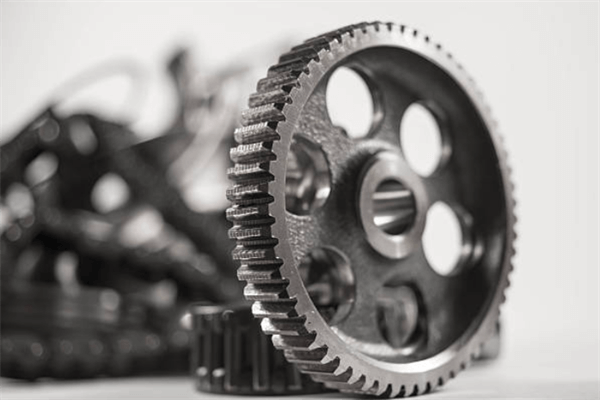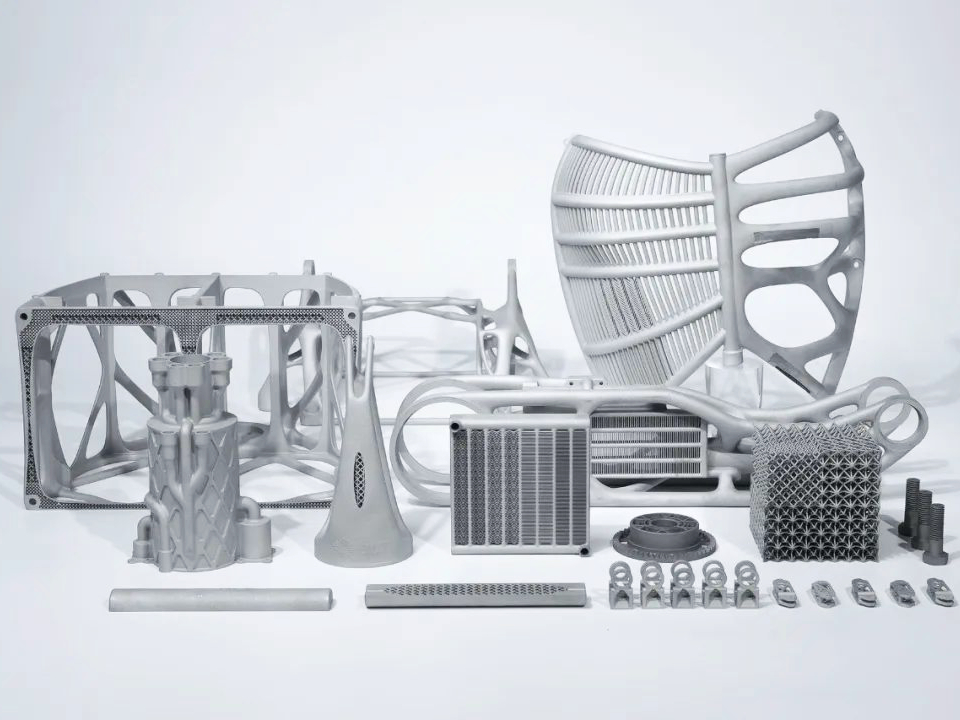AISI 4130
AISI 4130 3D Printing Materials Introduction
AISI 4130 is a low-alloy steel, known for its strength, toughness, and excellent weldability, making it ideal for aerospace, automotive, and structural applications. It is highly versatile and commonly used in critical components that require strength-to-weight ratio optimization.
4130 3D printing offers the ability to produce parts with complex geometries, reducing weight and enhancing performance, particularly in demanding environments such as aircraft and automotive frames and chassis.
AISI 4130 Similar Grades Table
Country/Region | Standard | Grade or Designation | Synonyms |
|---|---|---|---|
USA | ASTM | AISI 4130 | 30CrMo, 1.7218 |
UNS | Unified | G41300 | - |
ISO | International | 25CrMo4 | - |
China | GB/T | 30CrMo | CrMo30 |
Germany | DIN/W.Nr. | 1.7218 | - |
AISI 4130 Comprehensive Properties Table
Category | Property | Value |
|---|---|---|
Physical Properties | Density | 7.85 g/cm³ |
Melting Point | 1425°C | |
Thermal Conductivity (100°C) | 46.3 W/(m·K) | |
Electrical Resistivity | 69 µΩ·cm | |
Chemical Composition (%) | Carbon (C) | 0.28–0.33 |
Chromium (Cr) | 0.80–1.10 | |
Molybdenum (Mo) | 0.15–0.25 | |
Manganese (Mn) | 0.40–0.60 | |
Iron (Fe) | Balance | |
Mechanical Properties | Tensile Strength | 1000 MPa |
Yield Strength (0.2%) | 600 MPa | |
Hardness (HRC) | 28–32 HRC | |
Modulus of Elasticity | 210 GPa |
3D Printing Technology of AISI 4130
AISI 4130 can be 3D printed using Selective Laser Melting (SLM), Direct Metal Laser Sintering (DMLS), and Electron Beam Melting (EBM). These techniques provide high part density and superior mechanical properties, particularly for producing strong, lightweight parts for structural applications that undergo high stress.
Applicable Process Table
Technology | Precision | Surface Quality | Mechanical Properties | Application Suitability |
|---|---|---|---|---|
SLM | ±0.05–0.1 mm | Excellent | High Strength | Aerospace, Automotive Components |
DMLS | ±0.05–0.1 mm | Very Good | Excellent | Tooling, Aerospace, Structural Parts |
EBM | ±0.1–0.3 mm | Good | High-Temp Resilience | Large Components, Heavy-Duty Parts |
AISI 4130 3D Printing Process Selection Principles
Selective Laser Melting (SLM): SLM uses a high-powered laser to melt powder layer by layer. This technique is ideal for producing parts with complex shapes and high strength, making it suitable for aerospace and automotive applications that require precision and durability.
Direct Metal Laser Sintering (DMLS): DMLS enables the production of intricate and high-density parts with excellent mechanical properties. It is ideal for parts that require high performance under stress, such as automotive brackets or aerospace structural components.
Electron Beam Melting (EBM): EBM uses an electron beam in a vacuum to fuse powder, providing a high-quality surface and excellent mechanical properties. It is suitable for large parts and high-temperature applications, especially in aerospace components.
AISI 4130 3D Printing Key Challenges and Solutions
Residual Stress and Distortion: AISI 4130 has high residual stresses due to its carbon content. Pre-heating the powder bed and post-process stress relief annealing at temperatures of 600–650°C can help reduce warping and dimensional instability, improving part quality.
Surface Roughness: Parts made with SLM may exhibit rough surfaces. Post-process electropolishing can improve the surface finish, achieving Ra 1.0 µm, which is essential for parts that require smooth surfaces for assembly.
Porosity: DMLS ensures better fusion between the powder layers, minimizing porosity and providing parts with improved density and mechanical properties, making them more suitable for structural applications.
Corrosion Resistance: While AISI 4130 is resistant to mild corrosion, passivation treatments enhance the material's ability to withstand more aggressive environments, ensuring longevity in tooling and structural applications exposed to harsh conditions.
Typical Post-Processing for AISI 4130 3D Printed Parts
Quenching and Tempering: Heat treatment at 850–950°C followed by tempering at 500–550°C improves the strength of AISI 4130, reaching a hardness of HRC 28–32, ideal for tooling and structural applications.
CNC Machining: CNC machining is essential to achieve tight tolerances, especially for parts like engine brackets or structural components that require precise dimensions and smooth surface finishes.
Electropolishing: Electropolishing reduces surface roughness to Ra 1.0 µm, ensuring smooth surfaces that reduce friction and improve the part's function, particularly in parts subjected to frequent movement.
Passivation: Passivation enhances the corrosion resistance of AISI 4130 by creating a protective oxide layer, improving its longevity and reliability in harsh environments like the automotive or aerospace industries.
Industry Application Scenarios and Cases
AISI 4130 is widely used in:
Aerospace: Aircraft frames, landing gear components, and other high-strength structural components.
Automotive: Suspension components, chassis parts, and components requiring a good strength-to-weight ratio.
Industrial: Applications in machinery and industrial equipment, including high-stress and high-temperature parts. A case study in aerospace demonstrated that 3D printing AISI 4130 reduced component weight by 25%, improving fuel efficiency and performance without compromising structural integrity.
FAQs
What are the advantages of using AISI 4130 for 3D printed parts in aerospace applications?
How does AISI 4130 compare to other steels like 4140 for automotive components?
What post-processing techniques are essential for AISI 4130 parts?
Can AISI 4130 be used for high-temperature industrial components?
What are the benefits of 3D printing AISI 4130 over traditional manufacturing methods?



